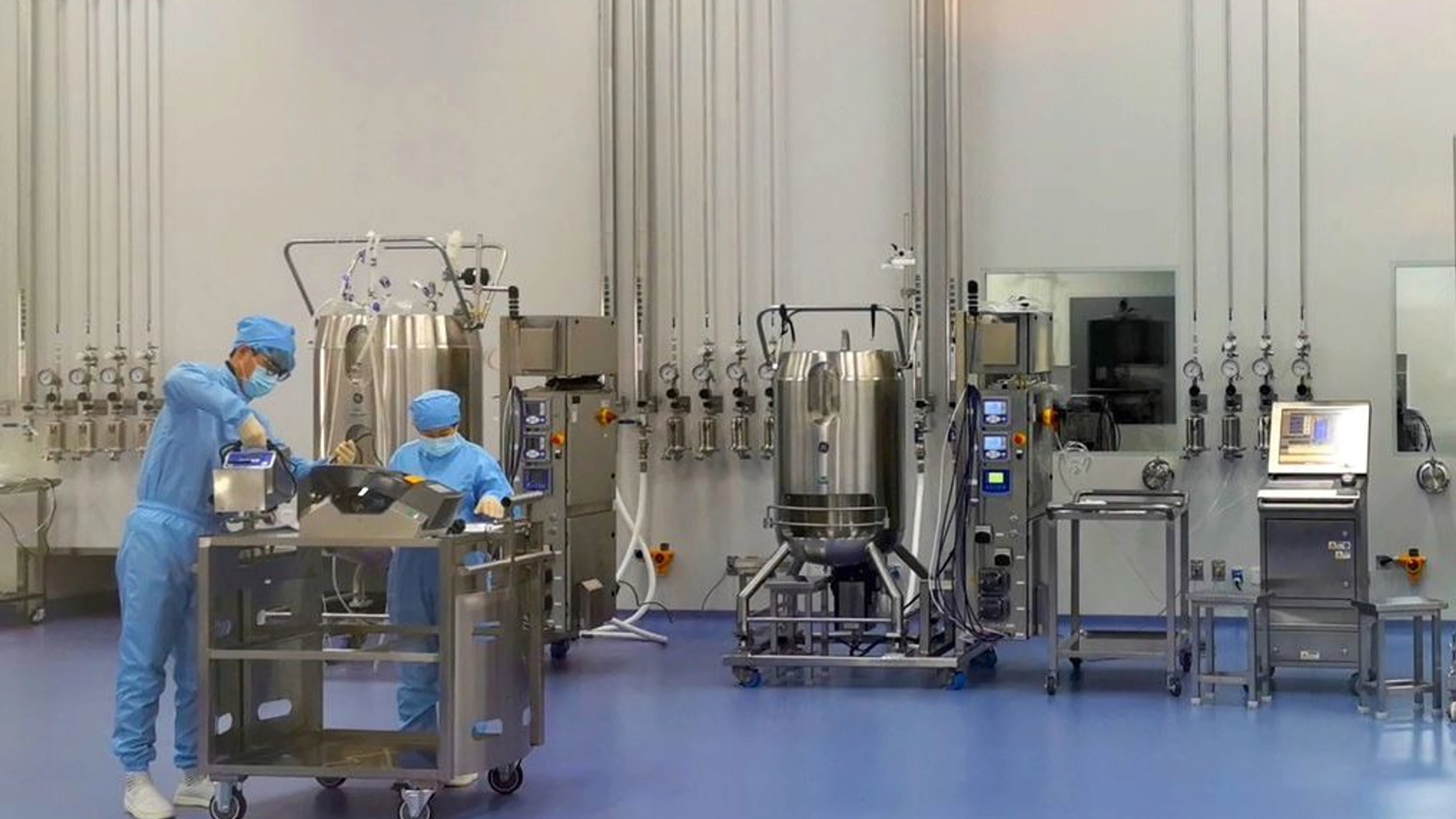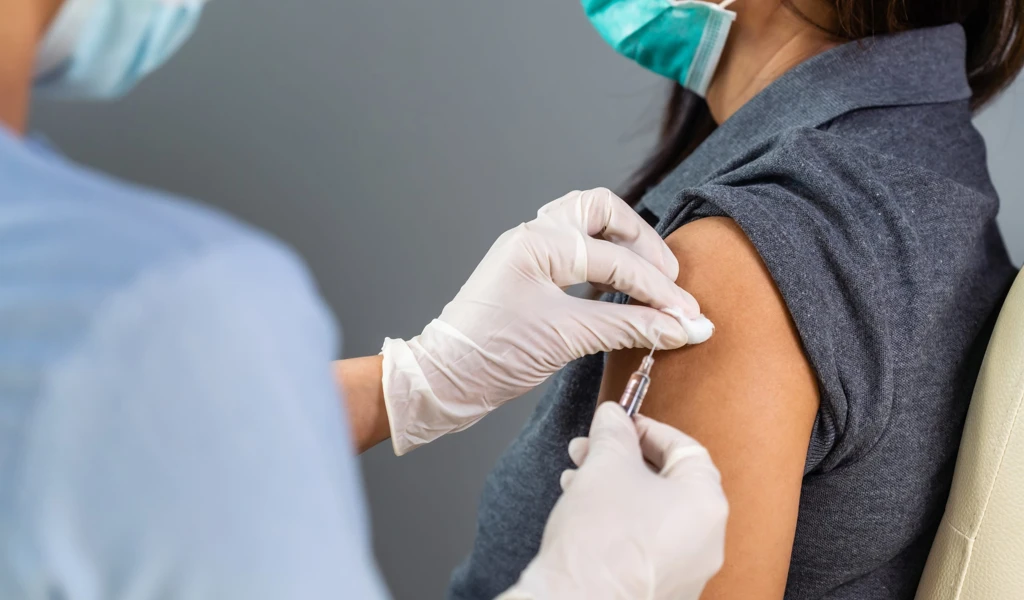CEPI survey assesses potential COVID-19 vaccine manufacturing capacity

One of the many challenges we are presented with by the COVID-19 pandemic is finding a way to meet the sheer scale of demand for a vaccine when it has been demonstrated to be safe and effective. We have to take a global view on what manufacturing capacity is available and to ensure we are investing in reserving such capacity now to avoid any delays in the manufacture and distribution of vaccines.
To deliver on its mission CEPI has undertaken a survey of vaccine manufacturers to assess what capacity might be available to meet demand for a COVID-19 vaccine.
CEPI's Sustainable Manufacturing Project
In 2019, before the COVID-19 pandemic emerged, CEPI established a Sustainable Manufacturing Project to support the supply of CEPI's investigational vaccines to tackle epidemic events. The Sustainable Manufacturing Project, led by James Robinson, consisted of modelling the supply of vaccines (supply side), modelling the epidemiology of CEPI's priority diseases (demand side), evaluating potential manufacturing networks to secure capacity for manufacturing and stockpiling to ensure flexibility, affordability, and reliable supply. When COVID-19 emerged in early 2020, CEPI quickly pivoted this effort to focus on the pandemic response, so that we could quickly build a reliable evidence base for what facilities were potentially available for COVID-19 vaccine manufacture.
Survey of global COVID-19 vaccine manufacturing capacity
CEPI - in collaboration with the Bill & Melinda Gates Foundation, The Clinton Health Access Initiative, and PATH - undertook a broad, worldwide, survey of vaccine manufacturers to understand capabilities, capacities and interest in responding to the pandemic. We aimed to assess potential bottlenecks in the vaccine manufacturing and to work out what global capacity might be available to produce billions of doses of vaccine.
Between April 3, and June 19, 2020, CEPI invited vaccine manufactures from around the world to take part in an anonymised survey to assess what manufacturing capacity was available to produce drug substance (ie, the unformulated active [immunogenic] substance) and drug product (ie, the finished dosage form of the product including final container) in the coming months, specifically between Oct 1, 2020, and Dec 31, 2021.
A key objective of this survey was to understand how COVID-19 vaccine manufacturing could be scaled up without affecting the manufacture of other important vaccines and to identify additional capacity in the global manufacturing system for both drug substance and drug product.
There is a risk that a few countries could monopolise global vaccine supply, limiting the supply of vaccines to those who need them most, as was the case with the 2009 flu pandemic. To truly end COVID-19 pandemic, it's crucial that the world works together to enable fair, global distribution of any vaccine.
In gathering these survey data, CEPI aims build a picture of the availability and global distribution of manufacturing capacity, which would inform how and where it could make strategic investments in vaccine manufacturing to ensure equitable access to any successful vaccine candidate.
Key findings
113 manufacturers, from over 30 countries, responded to our survey. 43 respondents were both drug-substance and drug-product manufacturers. 56 were drug-substance manufacturers only. 100 were drug-product manufacturers only.
As reflected by the number of manufacturers with regulatory approvals for their operations, mature manufacturing capacity is available for both drug-substance and drug-product manufacturing in multiple locations around the world.
India has the largest production capacity for drug substance (specifically for microbial or yeast expression systems; recombinant protein from suspension cells; recombinant protein from insect cells; viruses; and DNA), followed by Europe and North America. Europe has the largest production capacity for RNA-based drug substance.
For drug product, the base-case estimates showed that China has the largest production capacity, followed by North America, and the rest of Asia and Oceania.
Crucially, the survey data show that there is potential global capacity to produce at least 2-4 billion doses of COVID-19 vaccine through end of year 2021. This finding is important for CEPI's wider COVID-19 response because — in collaboration with Gavi and WHO - we aim to distribute 2 billion doses of COVID-19 vaccine by the end of 2021 through a programme called COVAX. Vaccines manufactured and procured through COVAX will be delivered equally to all countries who participate in the initiative, proportional to their populations (initially prioritising healthcare workers then expanding to cover 20% of their population). Our survey confirm that this 2 billion manufacturing target can not only be achieved but can be delivered without displacing other critical vaccine manufacturing activities.
This analysis represents a snapshot in time from our survey responders and will have changed dramatically since the data was collected between May and June, 2020. To the best of our knowledge, this is the only publicly available data on global drug-substance and drug-product manufacturing capacity for vaccines gathered specifically during the early days of the pandemic.
CEPI has been and will continue to use this information in its COVID-19 pandemic response including matchmaking between vaccine developers and available capacity to maximise global capacity for COVID-19 vaccine manufacturing.
See survey results here.


